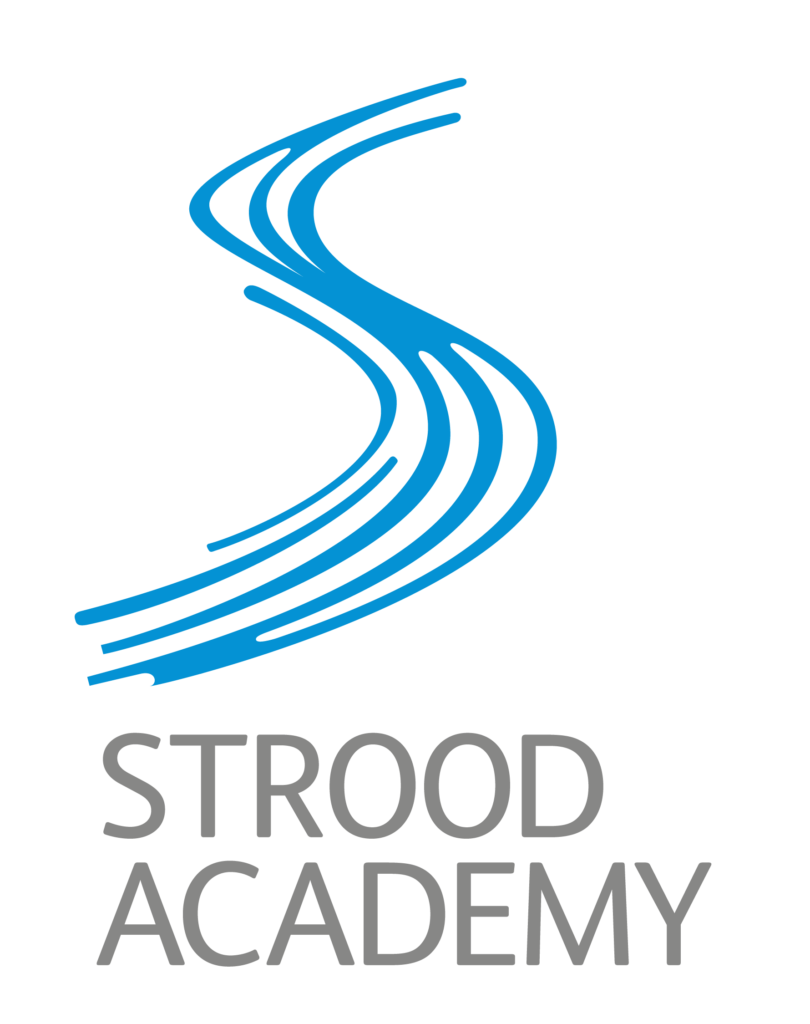KS3: MYP Mathematics
Intent
We aim to inspire, enthuse and motivate students to have a love of mathematics within their studies at KS3 and beyond. We want to develop students’ mathematical knowledge, understanding and skills that should bring benefit and enrichment to their everyday life as well as in their professional life beyond school. We believe that this curriculum will encourage students to explore more about this riveting subject.
Curriculum Journey
In the dynamic learning journey of students in years 7, 8, and 9, mathematics plays a pivotal role in shaping their cognitive development. Building upon their prior Key Stage 2 (KS2) knowledge, these young learners delve into more complex mathematical concepts. Their foundational arithmetic and problem-solving skills acquired in earlier years provide a sturdy scaffold for grasping algebra, geometry, and data analysis. As they progress, students become more adept at abstract thinking and problem-solving, developing a deeper understanding of mathematical concepts. This journey equips them with the essential skills and knowledge required for Key Stage 4 and beyond. By the time they enter Key Stage 4, students possess a robust mathematical toolkit that will not only help them excel in GCSE examinations but also provides a strong foundation for further studies in Key Stage 5, setting the stage for more advanced mathematical explorations and career pathways.
Schedule of learning
- Module 1: Number – Place value, Arithmetic properties, Order of Operations, Factors and multiples (Criteria A and D)
- Module 2: Number/ Algebra – Directed number, Expressions, Equations, Inequalities (Criteria B and C)
- Module 3: Geometry – Angles in 2D shapes and on parallel lines, Properties of 2D shapes (Criteria A, C and D)
- Module 4: Geometry – Drawing and measuring angles, Constructing Triangles, Area and Perimeter of 2D shapes (Criteria B and C)
- Module 5: Geometry/ Number – Transformation on 2D shapes, Prime factors (Criteria A and D)
- Module 6: Number/ Ratio – Equivalent fractions, Operations with fractions, Ratio (Criteria A, C and D)
Schedule of learning
- Module 1: Number/Algebra – Percentages, Sequences, Forming and solving equations (Criteria A and D)
- Module 2: Algebra – Inequalities, Linear graphs (Criteria B and C)
- Module 3: Number/ Ratio – Accuracy and estimating, Ratio, Real life graphs (Criteria A, C and D)
- Module 4: Proportion/ Statistics – Understanding proportion, Univariate data (Criteria B and C)
- Module 5: Statistics/ Geometry – Bivariate data, Angles in a polygon (Criteria A and D)
- Module 6: Geometry – Angles in polygons, Bearings, Circles and composite shapes, Angles in polygons (Criteria A, C and D)
Schedule of learning
- Module 1: Probability – Understanding probability, Venn diagrams (Criteria A and D)
- Module 2: Algebra- Solving simultaneous equations graphically and algebraically (Criteria B and C)
- Module 3: Geometry – Construction, Pythagoras (Criteria A, C and D)
- Module 4: Geometry/ Number – Enlargement, Similarity, Surds, Trigonometry (Criteria B and C)
- Module 5: Algebra – Algebra review, Quadratics (Criteria A and D)
- Module 6: Number/ Geometry – Surds, Indices, Standard form, Growth and decay, Bearings (Criteria A, C and D)
Assessment
Each module in the table above is assessed based on the following criterion in the table below. Each criteria is graded from 1-8 (8 demonstrating that the criteria has been fully met) with this being determined by teacher judgments about students’ work.
Final grades are then awarded from a range of 1-8, with each ascending grade demonstrating the students mastery of that particular subject.
Resources


